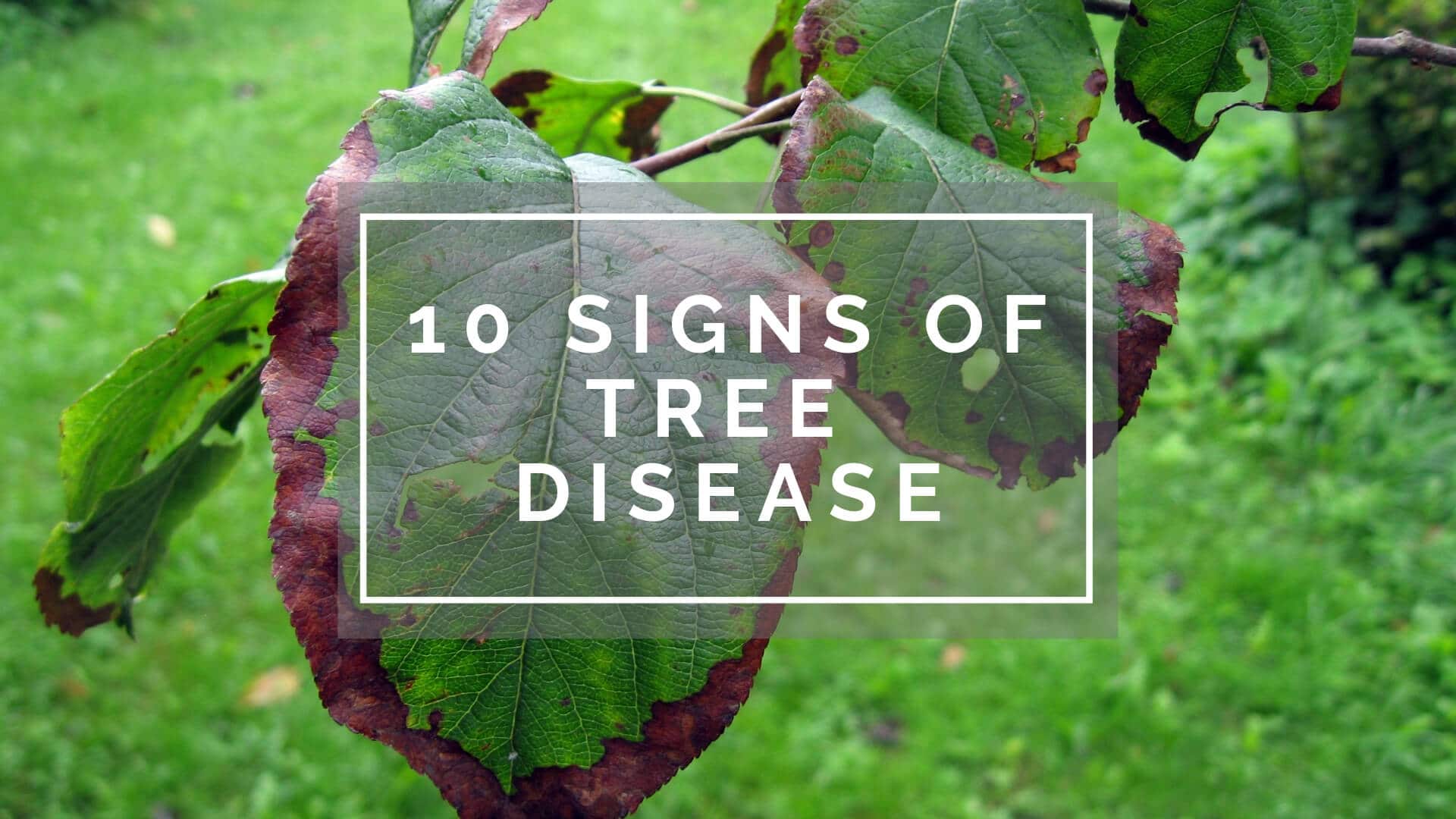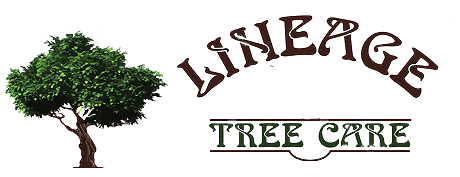
Fit trees are a beautiful addition to just about any landscape but if you are starting to notice some odd bark, leaves, or if your tree just doesn’t look right, it could be a sign of disease. If disease travels through the roots, it could affect other trees in your landscaping and in which case, you’ll need to remove the tree altogether. If you’re not sure your tree is fit or not, here are 10 signs of common tree diseases.
#1. Leaf rust.
Leaf press is a distinctive orange or reddish spotting on the leaves. This fungal disease can affect plants as well as trees so it’s important to take care of it as quickly as possible.
#2. Powdery mildew.
If the leaves on your tree start to appear dusty or powdery quite, it could mean that you have powdery mildew infestation. This common fungal disease significantly affects the look of ornamental plants and trees even though it doesn’t cause significant damage to the tree, it doesn’t look all that great. So it’s important to use fungicides that are harmless and natural to protect high-value plants.
#3. Fire blight.
This “burning” look could be an indication of blight that might be a destructive disease of several fruit trees and related plants. It should be treated so that the tree does not have to be cut down. How to treat fire blight.
#4. Canker.
This whitish growth appears along a tree’s trunk that has become infected by fungal or bacterial pathogens. You can weaken a plant or tree and cause it to either fall down or be dangerous. This oval, elongated canker can be discolored or brown and reddish. Cankers can be difficult to control since there’s no way to really reverse the symptoms. If it occurs on branches, you can carefully remove the affected parts several inches behind the infection but you won’t want to cut when the bark is wet as this could spread the fungus. A professional tree trimmer or pruner is really the best option.
#5. Gall.
This is a type of fungus that prefers to grande trunks and branches of mature trees. It’s a swelling growth on the external tissue or an abnormal outgrowth. It’s important to prune any gall infected branches and twigs or prevent the spread by raking up any fallen leaves and twigs.
#6. Witch’s broom.
This is a cluster of broom like branches and twigs that can pop up in the middle of the branch of a tree. While it’s not necessarily dangerous, it does detract from the look of the tree.
#7. Japanese beetle.
This invasive species can feast on the leaves of trees in your yard. While we don’t have a lot around here, once they are noticeable, they should be removed immediately.
#8. Leaf spot.
Similar to leaf or rust, these leaf spots can cause discoloration of the leaves of the tree. Fungicides or removing the tree is really the best option.
#9. Bagworm and tent caterpillars.
While this technically isn’t a disease, these tent caterpillars and bagworms are grub-like insects that feet on mature tree leaves, new beds, and branches. Look for a silver scale on the branches of trees, specifically fruit trees just before the tree starts to bud. They can be scraped off with your fingernail. If they have already hatched, you’ll need to cut off the infected limb and burn it.
#10. Anthracnose.
This organism causes a blight on many trees in the Pacific Northwest. It will display large blotches and little, purple-rimmed spots on the leaves.
If you’re still not sure what disease your tree may have, a professional tree service can offer tips, suggestions, and advice on how to care for the tree, remove the tree, or carefully trim or prune the tree.
